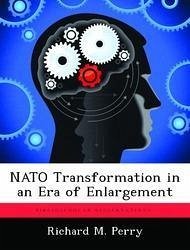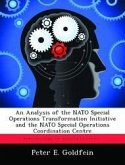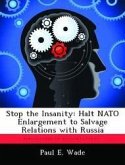The author will argue that a significant and perhaps greater threat to NATO exists internally in the guise of enlargement. Enlargement is good politically but harmful militarily if done too quickly. If NATO continues to enlarge at its current pace it will damage both its military capability and credibility as a collective defense mechanism. As NATO enlarges the disparity in military capability between new members and long standing members will dilute the overall effectiveness of the Alliance. One way to offset the adverse effects of enlargement is to transform NATO command and control structurally in order to absorb the shock of enlargement. In order to support this assertion, the author focuses the debate by considering the strategic command of Supreme Allied Command Atlantic (SACLANT) as a possible candidate for structural transformation in an effort to offset some of the costs of enlargement. The author proposes three transformation options. The first is to dissolve SACLANT completely. The second is to create a third strategic command responsible for NATO power projection. Finally, the third option is to downgrade SACLANT into an operational command responsible for concept and doctrine development, experimentation for Allied Command Europe (ACE), and forming teams with the expressed mission of "capabilities enhancement" in an effort to get some of the aspiring nations to NATO up to speed. The author concludes that in some form and at some level NATO will have to transform its command and control in order to meet the military demands of enlargement Option three, is therefore, the most attractive alternative, because it not only maintains the important symbolic link between the U.S. and Europe, but also offsets some of the adverse effects of enlargement.








